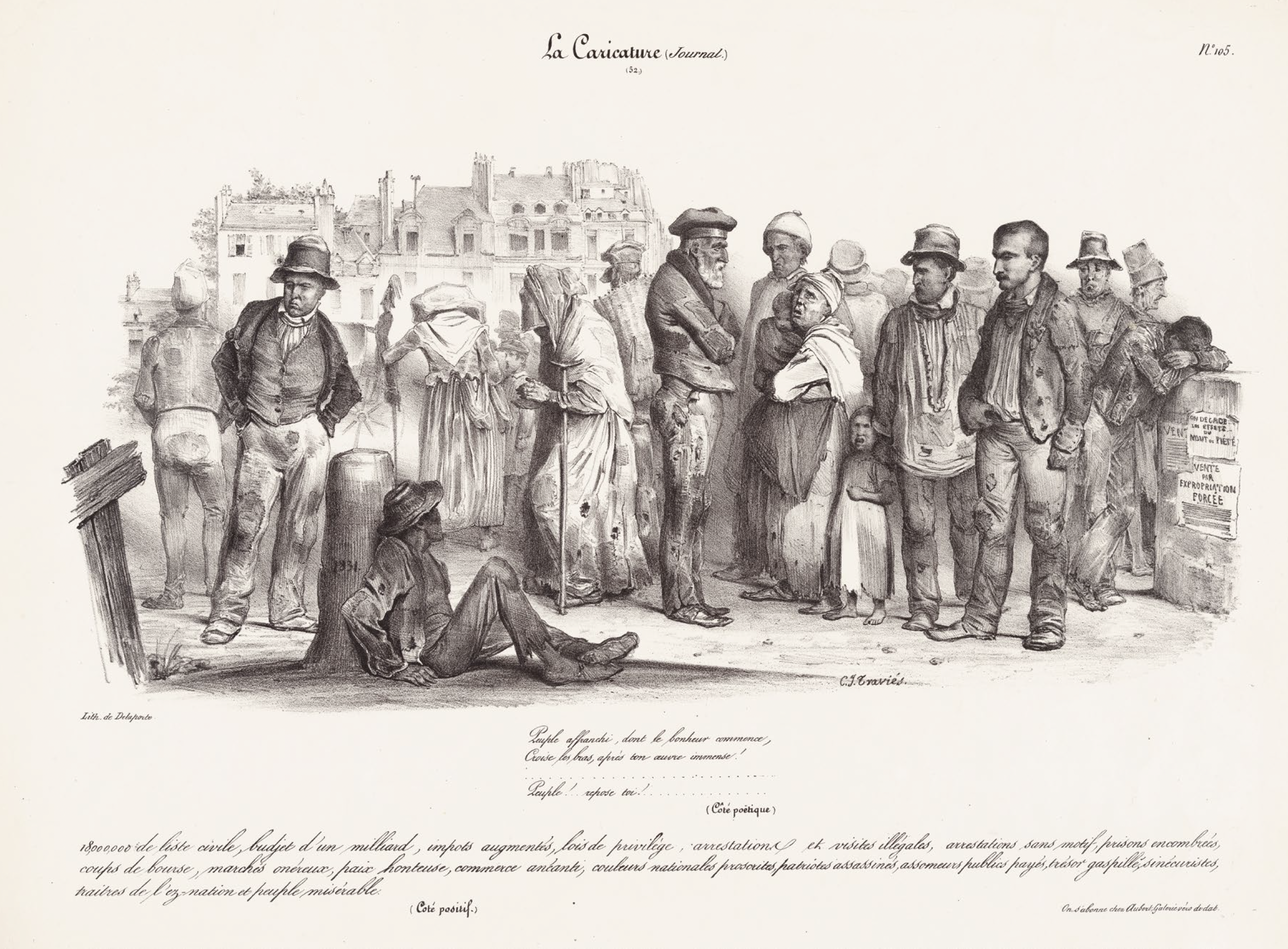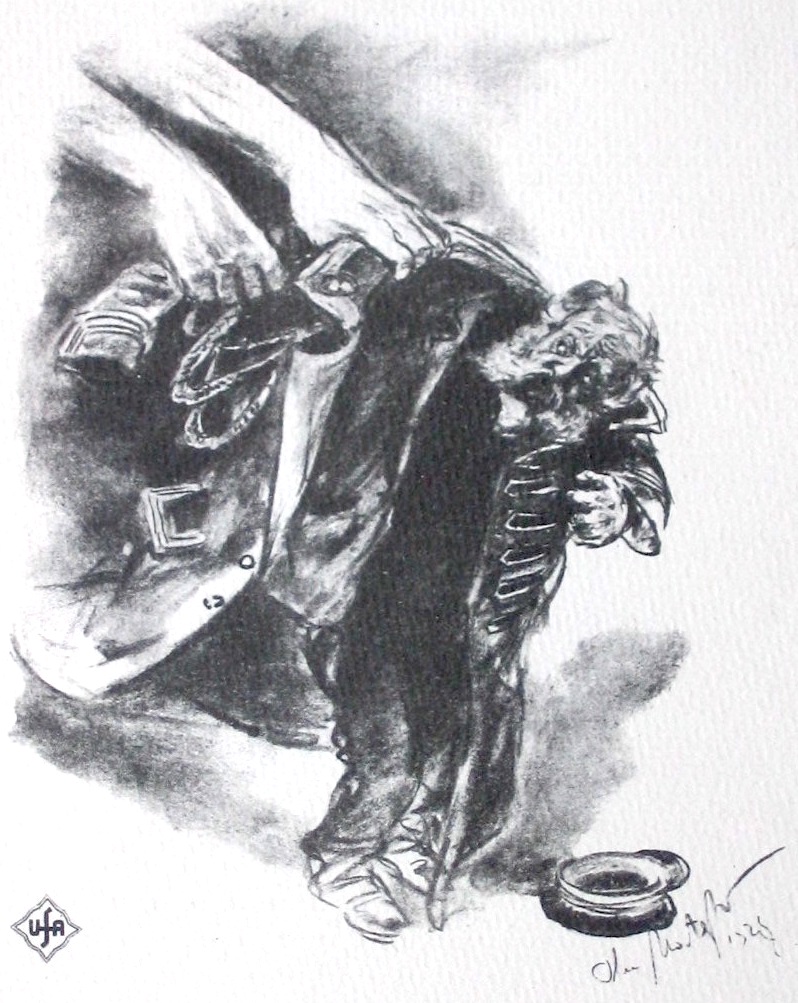Horst Moser]
[October 7, 2008
Drawing in the Tube. In conversation with Thomas Zacharias [Drawing in the Tube Horst Moser in a Conversation with Thomas Zacharias.] (Horst Moser)
A Summary of the Interview
Thomas Zacharias, born in 1930, taught at the Akademie der Bildenden Künste in Munich from 1966 on. After receiving the emeritus status, the artist, book author, illustrator, art historian, and photographer created a comprehensive oeuvre in sketchbooks. At times, Zacharias lived in London, where he created these drawings.
Thomas Zacharias’ second studio in London is basically the tube. With a so-called “Freedom Pass”, he rides back and forth for hours in Greater London, drawing incidental, unconscious gestures of passengers in his sketchbooks. The time of travel that he used to regard more as a waste of time thus becomes condensed and gripping. What he is foremost interested in is “this turning around of time”. Some of these sketches later serve as models for larger drawings.
Zacharias’ power of observation mainly concentrates on the hidden language of hand gestures. Horst Moser notes that some hand shapes in the drawings appear “virtually eroticized”. The issue being the extreme differences in the appearance and behaviour of hands, slender and agile hands, nervous hands and hands that are “like stone”.
Zacharias has long been dealing with the phenomenon of stereotypical hand gestures, in earlier compilations of hand poses from mail-order catalogues and in drawings after pictures in the National Gallery. The difference between the rendering of hands in high culture and the poses of real hands is enormous, he says.
When drawing on site, Thomas Zacharias is interested in the relation of the recording subject to the object of perception, the circumstances in which the drawing is created. The shaky stroke and the concentrated rapidity of a tube drawing tell of these conditions of their origin.
Thomas Zacharias: In science there is also the question – just think of Heisenberg’s uncertainty principle – related to the extent to which the observer alters the object of observation by observing it. And to what degree perception depends on the entire situation, the wind and weather, the sensitivities and the interest of the person wanting to represent this piece of reality. And this aspect, the subjective side, the highly concentrated state of excitement is extreme in the tube drawings.
Horst Moser: That is what is most important?
Thomas Zacharias: Yes, the state of excitement is what is nearly most important.









